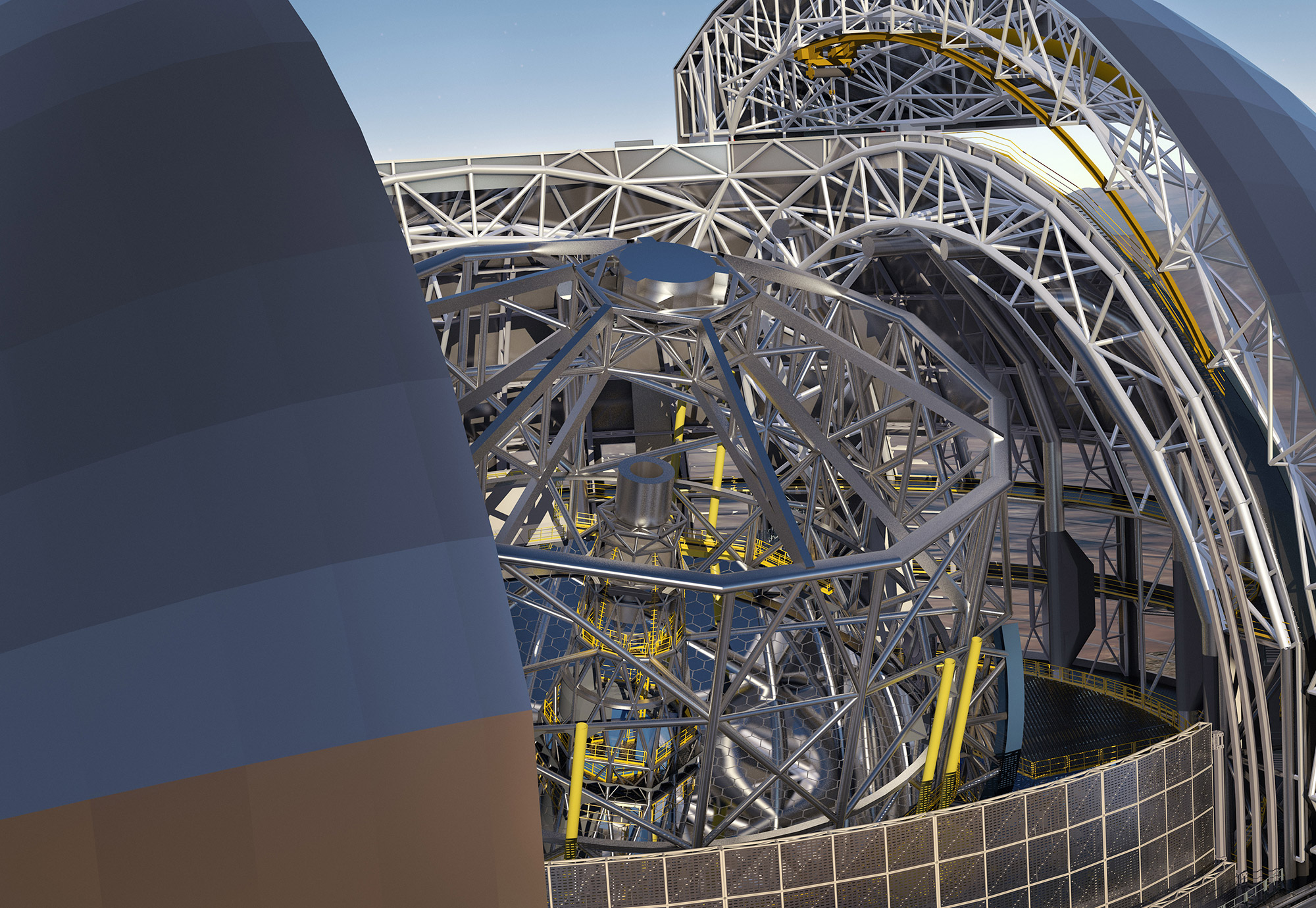The Next Generation of Adaptive Optics: PI (Physik Instrumente) and the Fraunhofer IOF Support Visualization of Exoplanets in the E-ELT
In cooperation with PI (Physik Instrumente), the Fraunhofer Institute for Applied Optics and Precision Engineering (IOF) is developing a new actuator concept for the European Extremely Large Telescope (E-ELT), which is currently being planned by the European Southern Observatory (ESO). It is intended to use 11,000 PICMA® multilayer piezo actuators in extremely accurate adaptive optics (XAO) to make it possible to get a clear and sharp view into space with pitch of less than 4 mm.

The E-ELT will have a segmented main mirror with a diameter of 39 m and a light collection area of almost 1000 m² and will be the largest terrestrial telescope for scientific evaluation of electromagnetic radiation in the visible and near-infrared wavelength range. It will be put into operation atop the 3.060 meter high Cerro Amazones in the Chilean Atacama desert during 2024.
"One of the most important tasks of the telescope is to help us to find out more about exoplanets, i.e., planets that exist beyond our solar system", explains Stefan Ströbele, system engineer and project manager at the ESO. A highly sensitive camera and a spectrograph are required for imaging and analysis of the atmospheric composition. The XAO mirror system will be an integral part of an adaptive optics system, which will compensate for wavefront distortion that occurs due to optical turbulence in the earths' atmosphere. These so-called aberrations will be measured in real time, processed, and transformed into corresponding signals for the piezo actuators in the deformable mirror.
The corrected image information allows observation of the finest details on faint celestial objects with a hitherto unattained resolution when compared to terrestrial telescopes currently being used. To fulfill the requirements on individual components for this project, which goes well beyond the current state-of-the-art technology, PI combines its longstanding experience in piezo technology with the expertise of the Fraunhofer IOF in the development of adaptive optics.
Under the supervision of the Fraunhofer Institute in Jena, an array of up to 11,000 discrete piezo actuators will be set up together to form an overall system. During planning of the work, the emphasis will be on developing the necessary technology for setting up the complex system.
Reliable Piezo Technology: PICMA® Multilayer Piezo Actuators
PICMA® multilayer actuators are piezo actuators, whose active layers consist of thin ceramic tapes. In addition, the active piezo ceramic is surrounded by an all-ceramic insulation layer, which protects the actuators against air humidity and failure resulting from increased leakage current. The monolithic piezoceramic block of a PICMA® actuator is very reliable even under extreme ambient conditions and this extends the lifetime considerably. These properties mean that the PICMA® multilayer actuator is the ideal component to meet the high demands on quality made by the ESO for the E-ELT project.